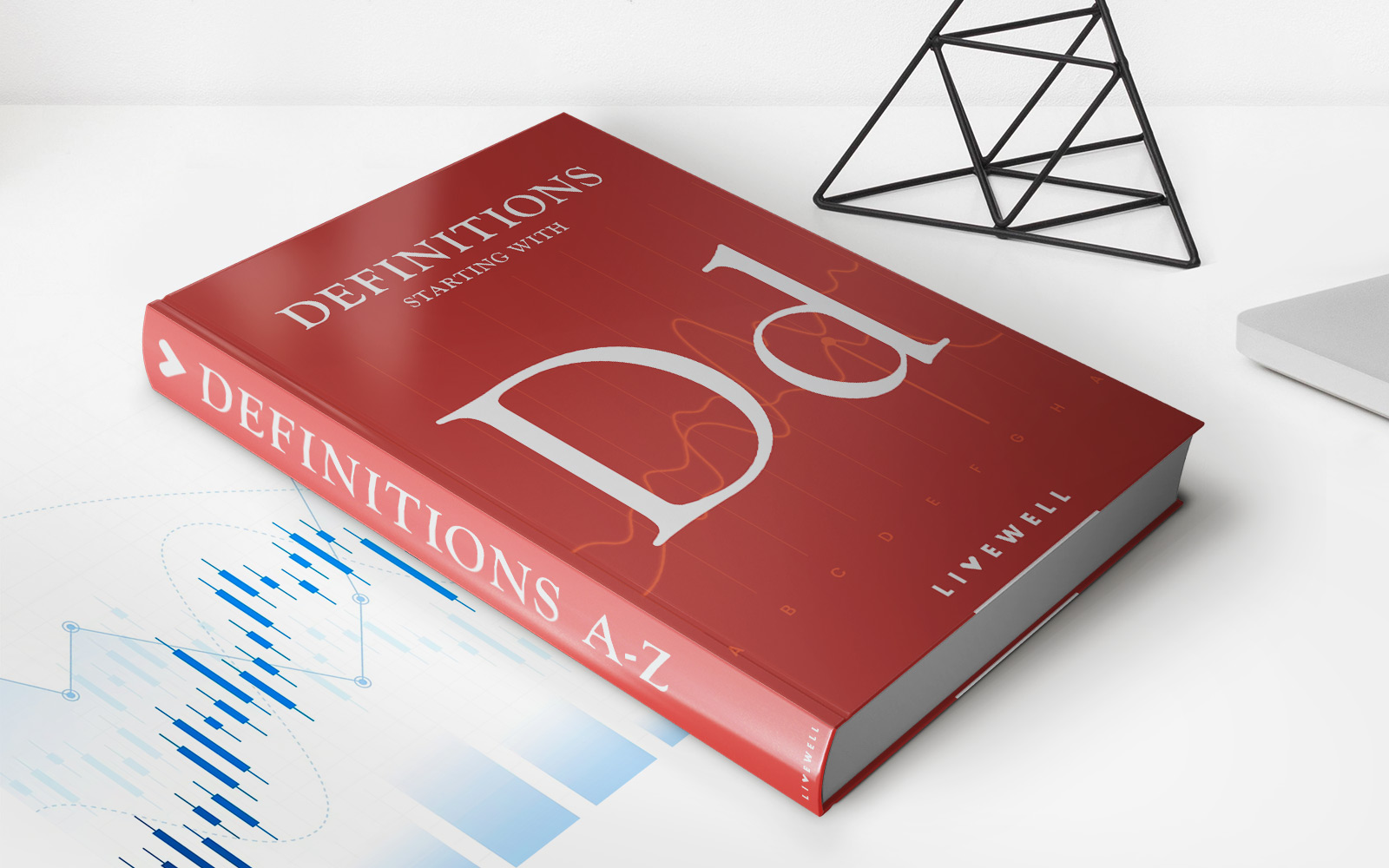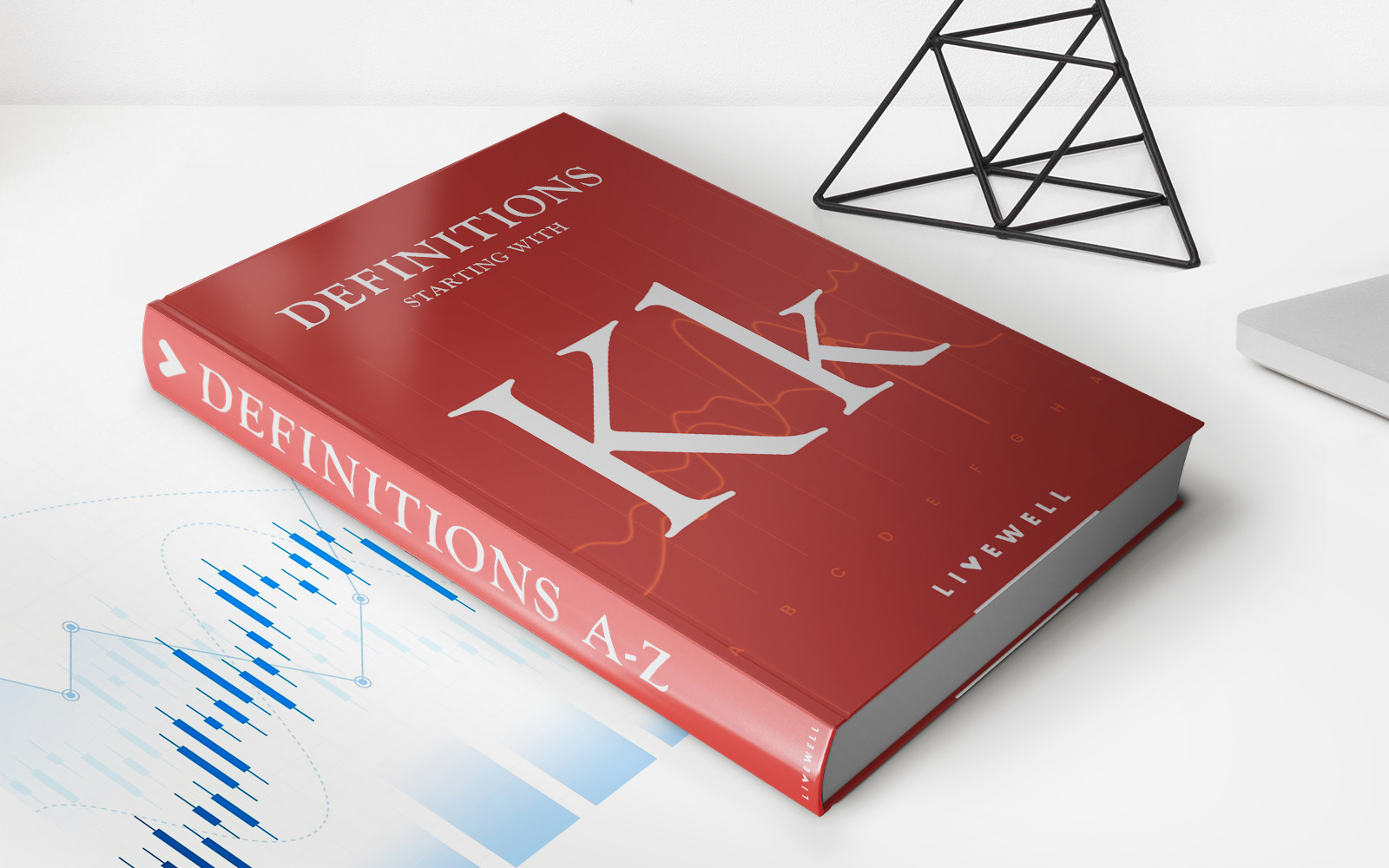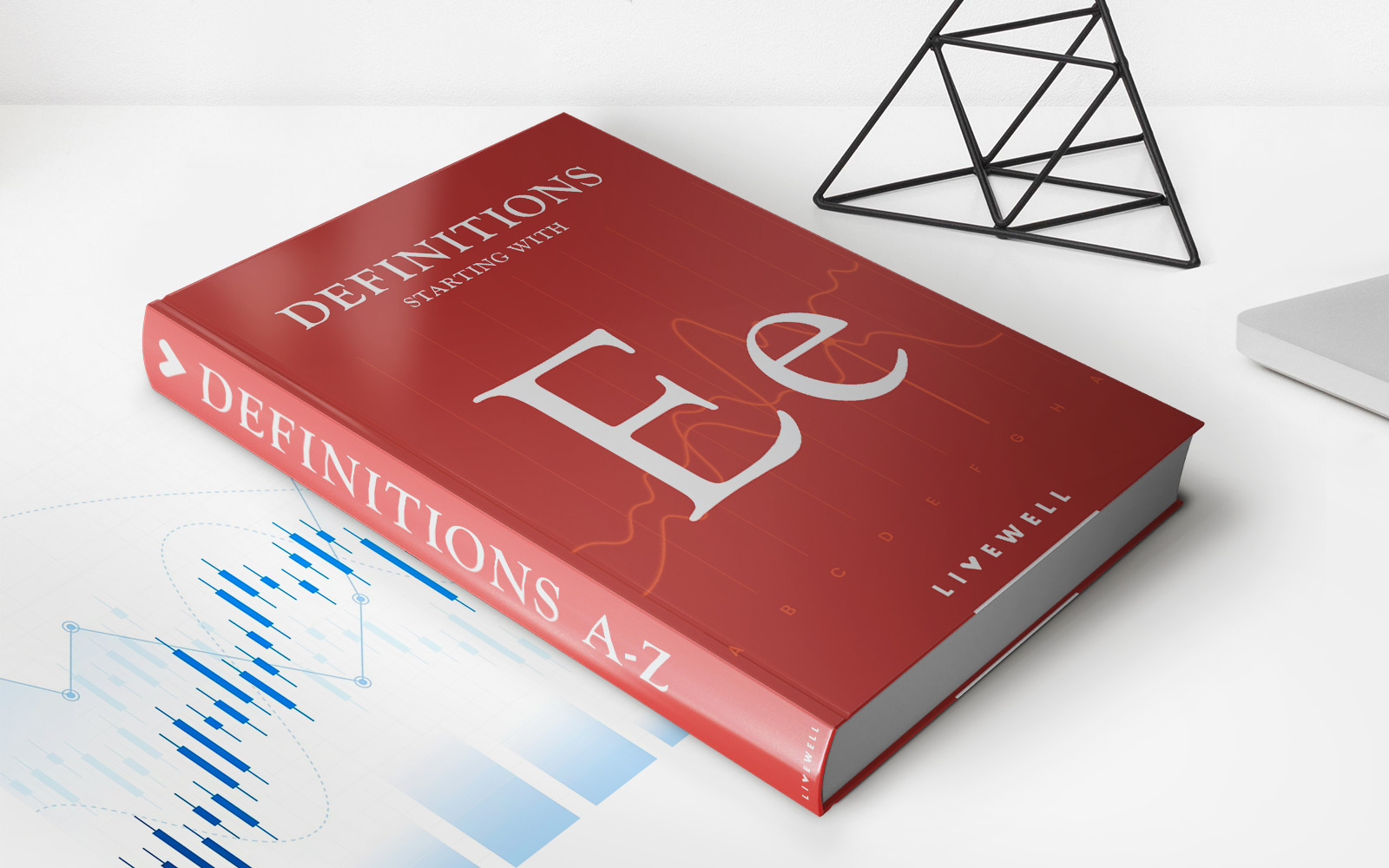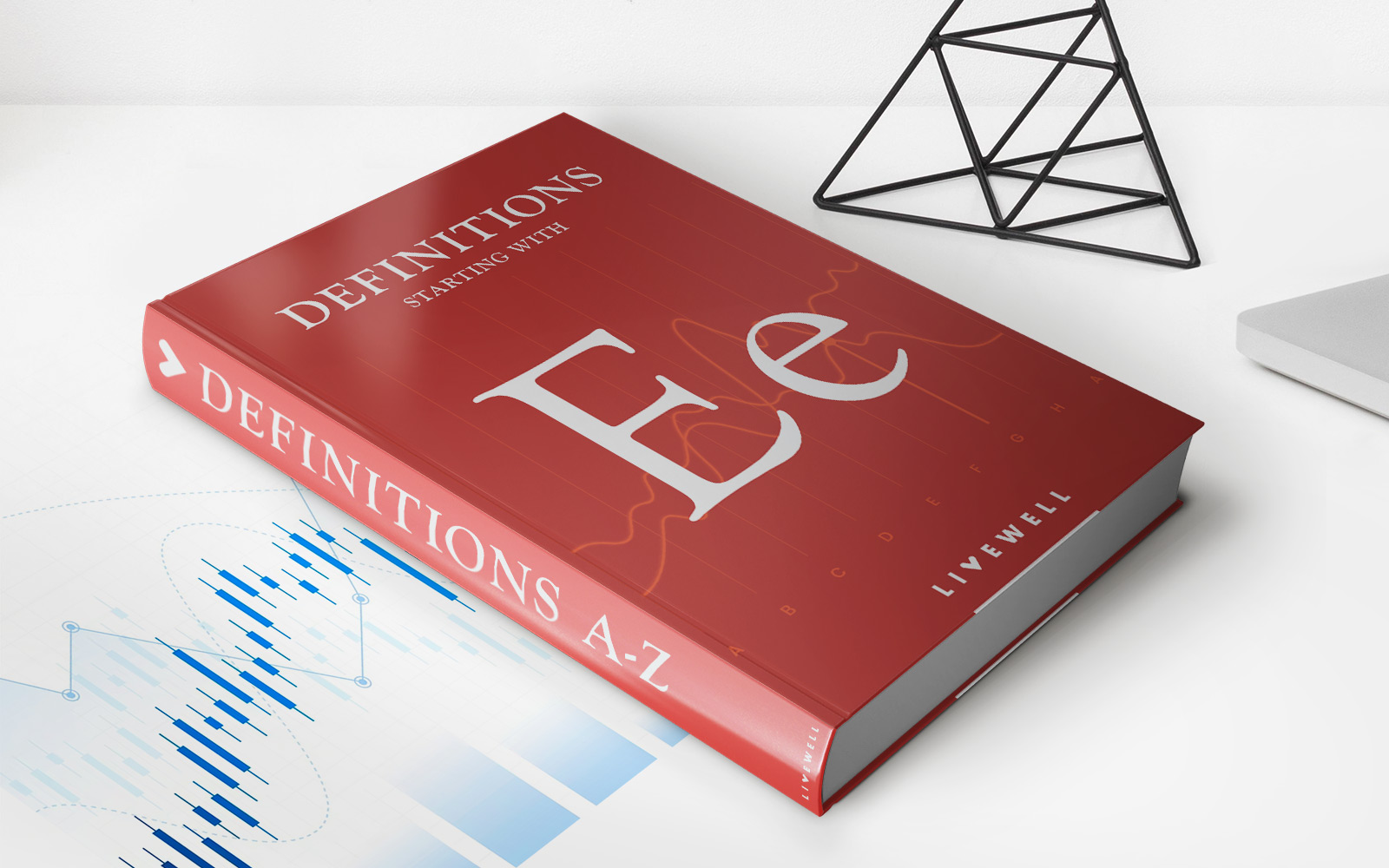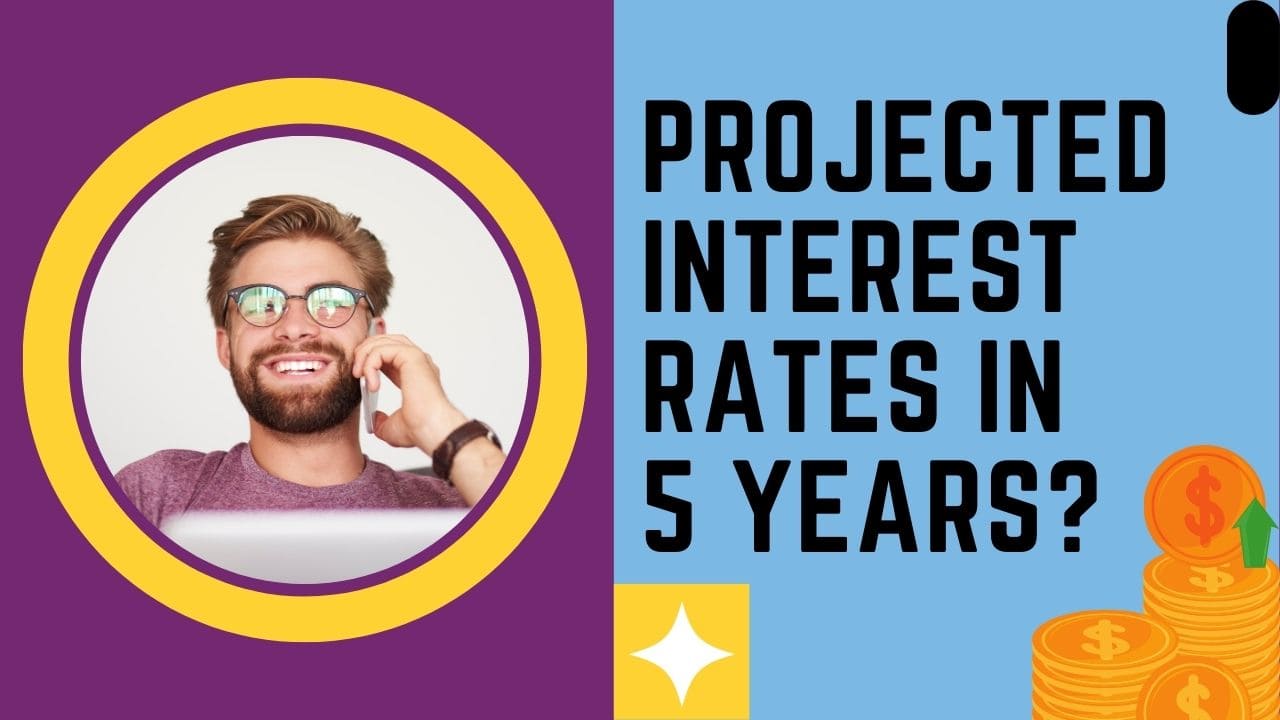Home>Finance>Effective Duration: Definition, Formula, Example
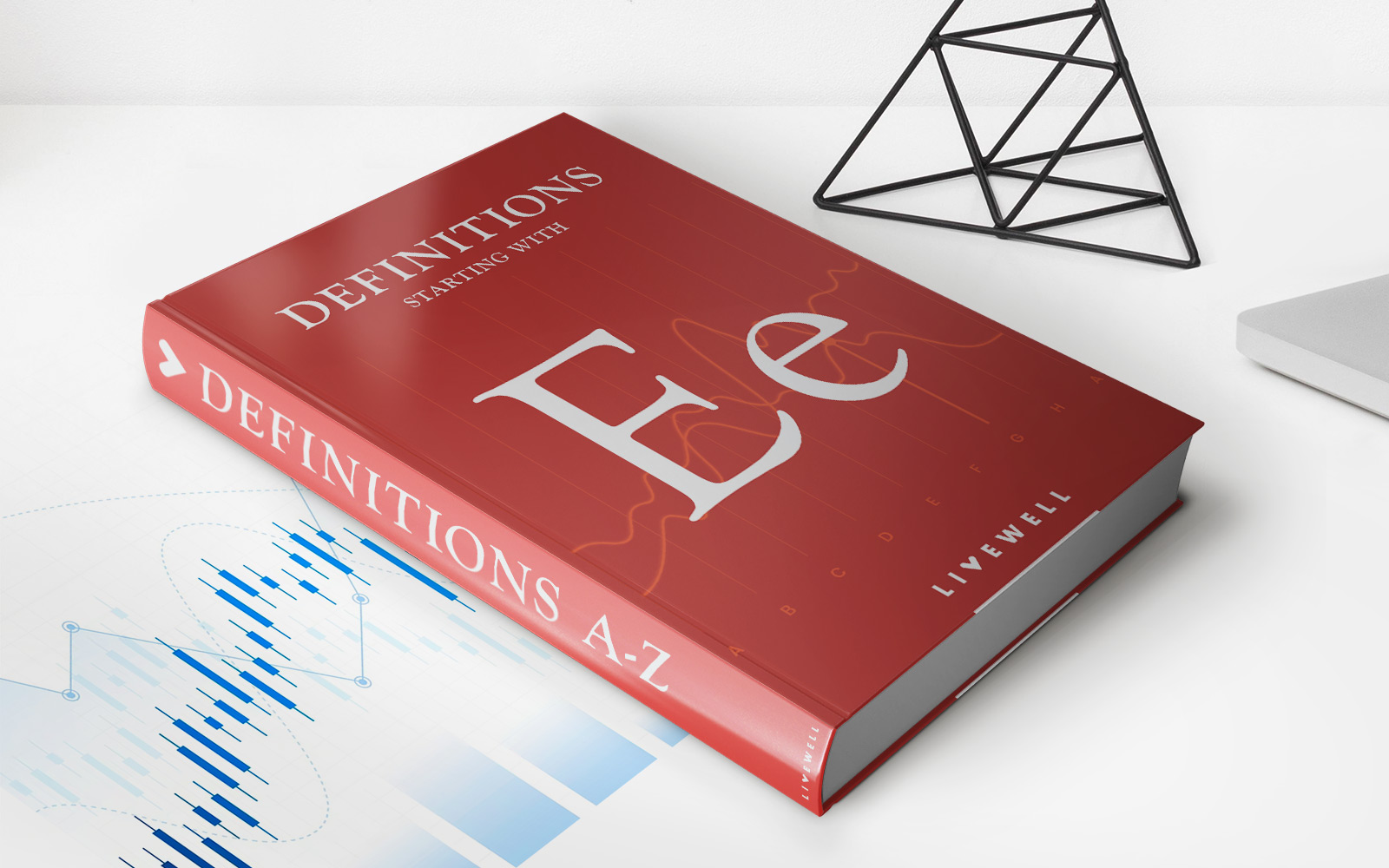

Finance
Effective Duration: Definition, Formula, Example
Published: November 16, 2023
Learn the definition, formula, and example of effective duration in finance. Understand how it measures a bond's sensitivity to interest rate changes.
(Many of the links in this article redirect to a specific reviewed product. Your purchase of these products through affiliate links helps to generate commission for LiveWell, at no extra cost. Learn more)
Effective Duration: Definition, Formula, Example
Welcome to our “Finance” category, where we delve into complex financial concepts and provide easy-to-understand explanations. Today, we will demystify the concept of effective duration. What exactly is effective duration, and why is it important in the world of finance? We’ll break it down for you below, so let’s dive in!
Key Takeaways:
- Effective duration is a measure of the sensitivity of a bond’s price to changes in interest rates.
- It helps investors evaluate the potential impact of interest rate fluctuations on their bond portfolios.
Before we dive into the formula and example, let’s answer the burning question: Why should you care about effective duration?
Well, interest rates have a profound impact on the value of bonds. When interest rates rise, bond prices generally fall, and when interest rates decrease, bond prices generally rise. The extent of these price changes depends on several factors, one of which is the effective duration of the bond.
Effective duration is a measure of the average time it takes for an investor to recoup their investment in a bond, taking into account both coupon payments and the final repayment of principal. It helps investors evaluate the potential impact of interest rate fluctuations on their bond portfolios. If a bond has a higher effective duration, it means it is more sensitive to changes in interest rates. Conversely, a bond with a lower effective duration is less sensitive to interest rate changes.
Now that we understand the significance of effective duration, let us move on to the formula and a simple example.
Formula:
The formula for effective duration is as follows:
Effective Duration = (Change in Bond Price) / (Initial Bond Price) / (Change in Yield)
In plain terms, it measures the percentage change in the price of a bond for a given change in yield. For example, if the effective duration of a bond is 5 years and the yield increases by 1%, the bond’s price will theoretically decline by approximately 5%.
Example:
Let’s consider a hypothetical bond with an initial price of $1,000 and a coupon rate of 5%. The bond has a maturity period of 10 years, and its yield to maturity is 4%. Using the effective duration formula, we can calculate the bond’s effective duration:
- Initial Bond Price: $1,000
- Change in Bond Price: -5% (assuming a 1% increase in yields)
- Change in Yield: 1%
Using the formula mentioned earlier, we can calculate the effective duration:
Effective Duration = (-5%) / ($1,000) / (1%) = -0.005
In this example, the negative effective duration implies that the bond’s price is expected to decrease by approximately 0.5% for a 1% increase in yields. Conversely, if yields were to decrease by 1%, the bond’s price would be expected to increase by approximately 0.5%.
Understanding effective duration is particularly useful for investors who actively manage their bond portfolios, as it allows them to assess the potential risks associated with interest rate changes. By incorporating effective duration into their investment strategies, investors can make informed decisions about which bonds to include in their portfolios to achieve their financial goals.
Now that you have a solid understanding of effective duration, make sure to take it into consideration when evaluating your bond investments. Remember, when in doubt, consult with a financial advisor who can provide personalized guidance based on your specific financial situation. Happy investing!


